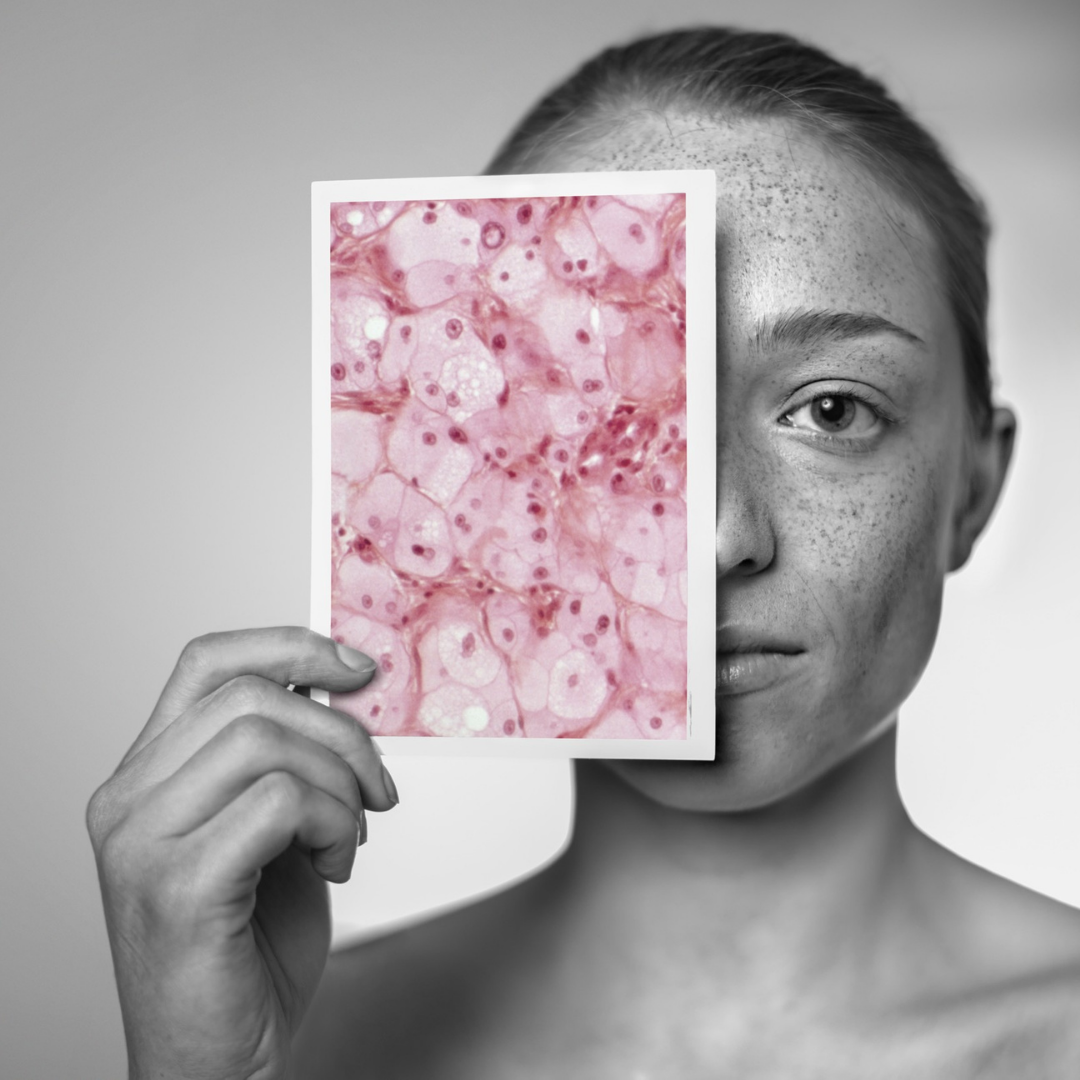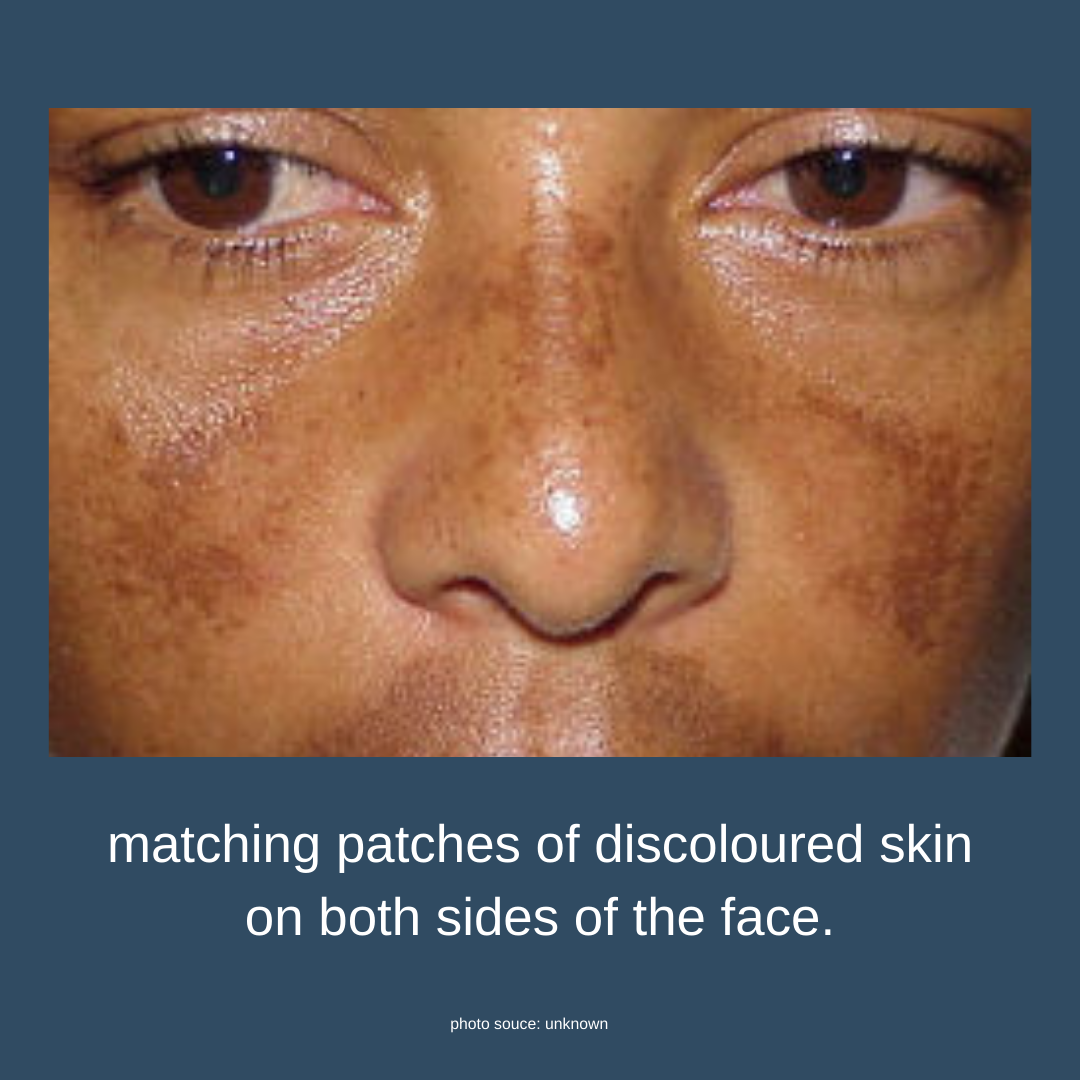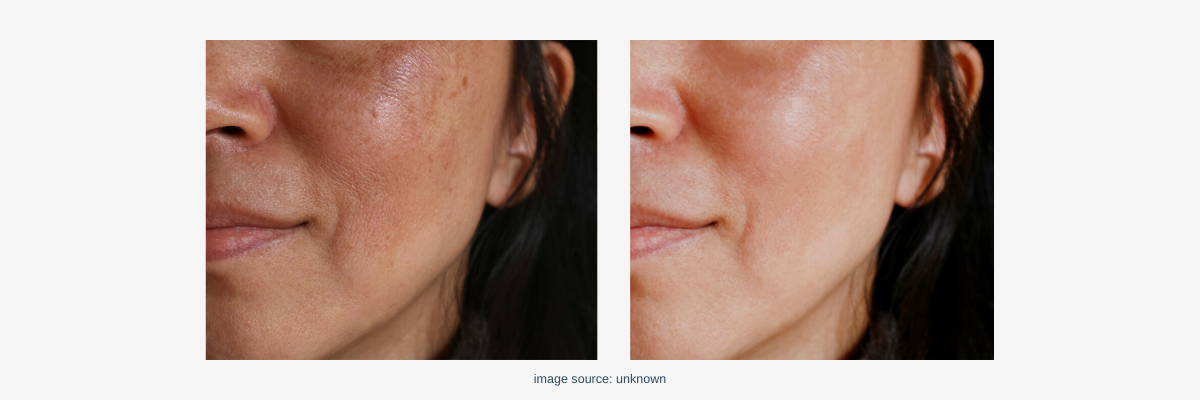What is the Difference Between Hyperpigmentation and Melasma?
If you’ve noticed dark, blotchy patches on your skin, you might wonder why and what you can do about it. Hyperpigmentation is more common than you think and can be difficult to conceal as well as impact on your skin’s overall appearance.
What is Hyperpigmentation?
Hyperpigmentation is an umbrella term for discolouring of the skin caused by an increase in production of melanocytes in the skin. This dermatological skin condition can include everything from “age spots”, to freckles and melasma, says Nurse Practitioner Kerry Lynch. Age spots are commonly found on the face, hands, décolletage and arms, all places that are exposed to lots of UV rays. Freckles are, really, sun damage – so don’t forget to wear your UV 30+ sunscreen and cover up in the sun when you can if you want to prevent both
What causes Hyperpigmentation?
Sunlight, rashes and skin problems can all stimulate the pigment-making cells in your skin, that are responsible for determining both your skin and hair colour. They are call melanocytes, and an excess of them can result in too much pigment and in hyperpigmentation. Hyperpigmentation can also result from scarring, or even a cut or scrape that damages the skin, and from some medications.

Don’t forget to wear your UV 30+ sunscreen and coverup in the sun when you can if you want to prevent pigmentation.
What is Melasma?
While melasma does come under the umbrella of hyperpigmentation, it is a specific type of discolouring that may be associated with hormonal changes, genetics, medication, and pregnancy, says Kerry. This chronic pigmentary disorder of the face, more commonly affecting women and those with darker skin types, is usually symmetrical and appears as brownish facial pigment in patches or freckle-like spots. As well as noticing it on your face, you may also see it on your neck, back or your forearms.

Melasma is usually symmetrical, with matching patches of discoloured skin on both sides of the face.
What causes Melasma?
While exposure to UV can make it worse – as it does with any type of discolouring – melasma often starts with some kind of hormone shakeup such as taking the contraceptive pill, or getting pregnant. Some medications and toiletries can also cause a phototoxic radiation that triggers melasma, says Kerry.
Some people are also more susceptible to melasma than others, mainly because of genetics. So, if your mother experienced melasma, your chances of experiencing it are higher. Unfortunately, there are several factors besides sun exposure that can irritate the skin and make melasma worse. Besides UV exposure, these include things like saunas, or getting overheated at the gym. Many women find that their melasma is not as bad during the cold weather.

How can I treat Hyperpigmentation?
While hyperpigmentation can be difficult to treat, there are a number of options available, ranging from topical to clinical treatments, preventative and management methods. Management of pigmentation conditions, including melasma requires a multifaceted long-term approach. Unfortunately there is no ‘quick fix’. Management of hyperpigmentation includes avoiding the above triggers and a strict year-round photo-protection (sun protection).
Depending on your individual skin challenge, a treatment will be tailored to you that may include topical treatments, light and laser therapies, chemical peels, microdermabrasion or, in severe cases, oral medication. For more information head to our post on how to treat hyperpigmentation.
It is always best to book an appointment to talk to one of our skin therapists about your specific skin concerns and what we can do to treat them.
Please contact us on 1800 186 333 or email us at [email protected] to book your next appointment.




